11 Drinks Getting More Expensive as New Tariffs Start
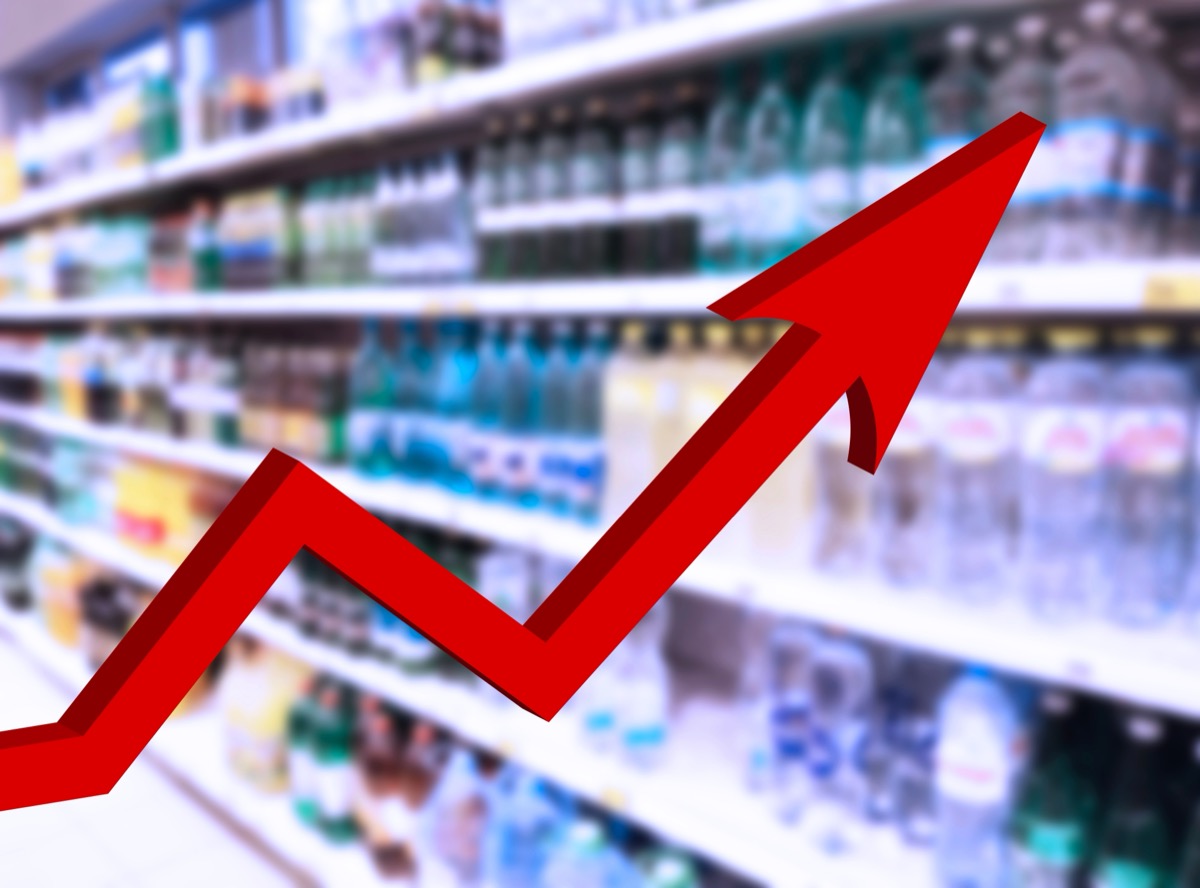
President Trump’s newly implemented tariffs are rippling across the global food and beverage industry, and drink shelves may be next. With reciprocal tariffs now as high as 46% on countries like Vietnam and Thailand, and a blanket 25% tariff on all imported canned beer, retailers and distributors are bracing for price hikes on popular beverages. Some large companies may absorb the costs—for now—but smaller importers and specialty retailers are already warning of higher shelf prices, reduced selection, and tighter margins. Here are 11 drinks that could soon cost more as the new tariffs take hold.
Modelo and Corona Beer

Mexican imports like Modelo and Corona are caught in a double hit: canned beer now faces a 25% tariff, and the aluminum cans themselves are also tariffed. Analysts say Modelo, the No. 1 selling beer in the U.S., will see the biggest impact.
Champagne and Prosecco

The European Union is now under a 20% tariff, meaning sparkling wines from France and Italy—including Champagne, Prosecco, and Cava—may soon get more expensive, especially for holiday and special occasion buyers.
Nescafé and European Coffee Mixes
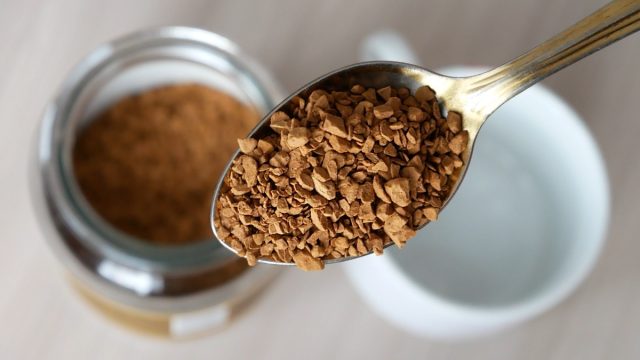
Nescafé and other instant coffee mixes from Switzerland and Italy are facing steep import costs—31% for Swiss goods and 20% for Italian. Retailers may respond by cutting promotions or passing costs to consumers.
Imported Energy Drinks
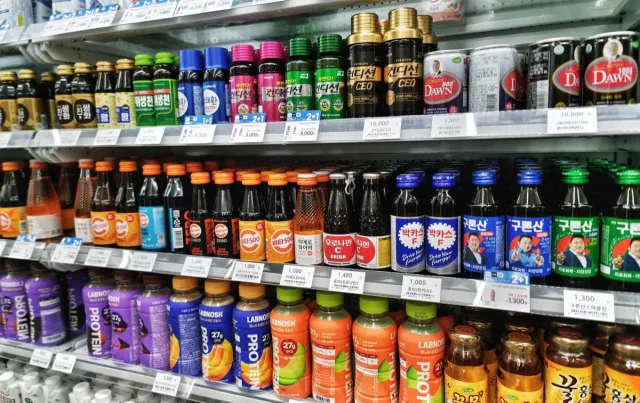
Many energy drink brands, especially premium imports from Asia and Europe, rely on cross-border ingredient sourcing. Countries like Thailand and Japan, now hit with tariffs of 37% and 24% respectively, are key producers of taurine-based formulas.
Campari and Aperol
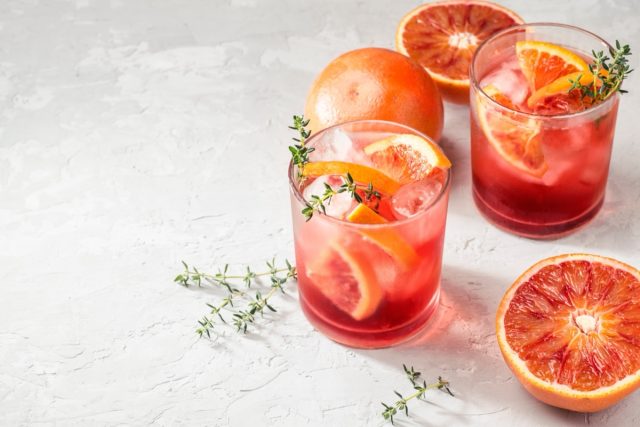
Italy’s iconic bitter liqueurs used in cocktails like Negronis and spritzes could see price hikes, with Campari already warning of economic strain. Italy’s 20% tariff means these aperitifs could become luxury items for some.
Imported Cold Brew and Ready-to-Drink Coffee

Cold brew in bottles or cans often relies on beans imported from tariff-affected countries like Vietnam (46%), Colombia (10%), and Brazil (10%). Expect rising prices across boutique brands and convenience-store coolers.
Scotch and Irish Whiskey
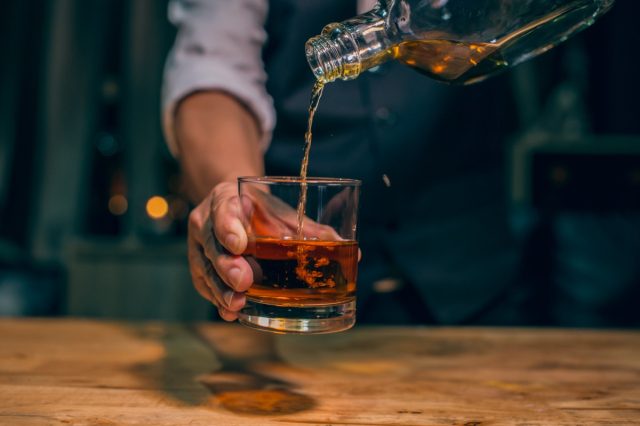
Scotland and Ireland export vast quantities of whiskey to the U.S., with Ireland alone sending 40% of its whiskey production here. The 20% EU tariff may hit hard in bars and liquor stores alike.
Guinness and Other European Beers
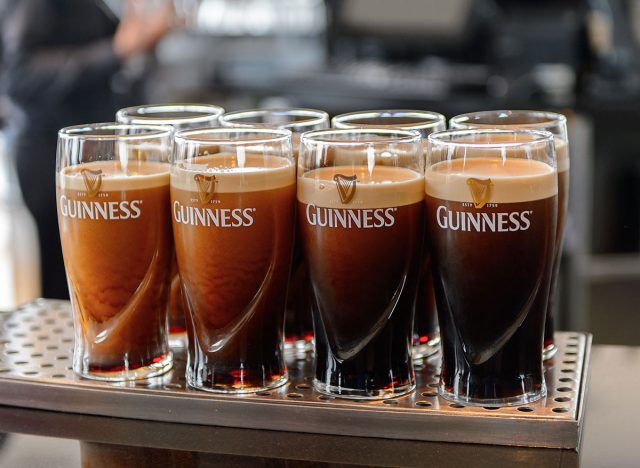
Guinness, owned by Diageo, could see higher pricing pressure along with other iconic European beer brands. Even modest price hikes could shift consumer preference toward cheaper domestic lagers.
Specialty Teas From India and Sri Lanka
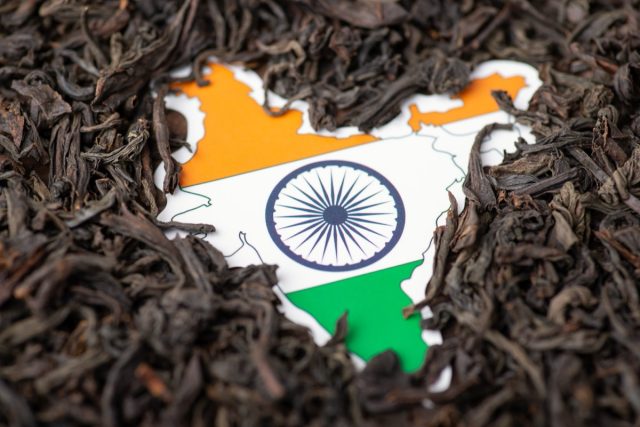
Popular black tea exporters India (26%) and Sri Lanka (29%) are both facing high tariffs, making imported chai blends, loose-leaf teas, and classic breakfast teas more costly in specialty markets and café chains.
South African Wines
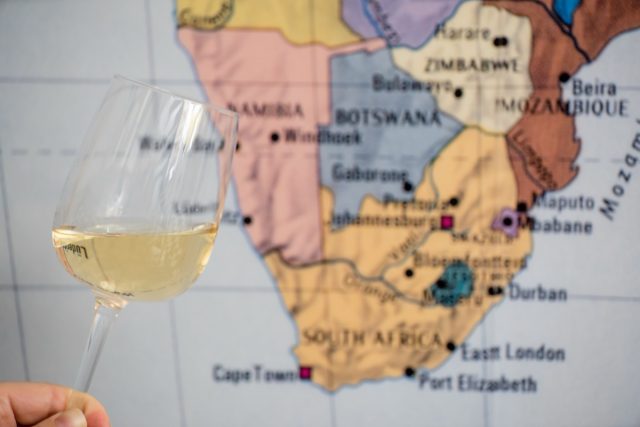
Wine from South Africa now faces a 30% tariff—one of the highest in the new schedule. Importers say they’re scrambling to renegotiate with producers to avoid pulling bottles from U.S. shelves altogether.
Canned Sparkling Water With Foreign Ingredients
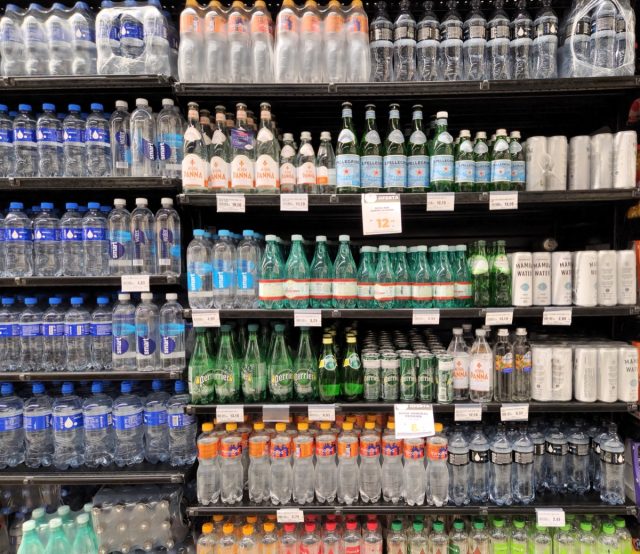
Some sparkling waters and flavored seltzers use imported citrus oils, fruit essences, or even cans sourced from abroad. Tariffs on European or Asian ingredient suppliers—especially from countries like Vietnam and Japan—could disrupt pricing models.









